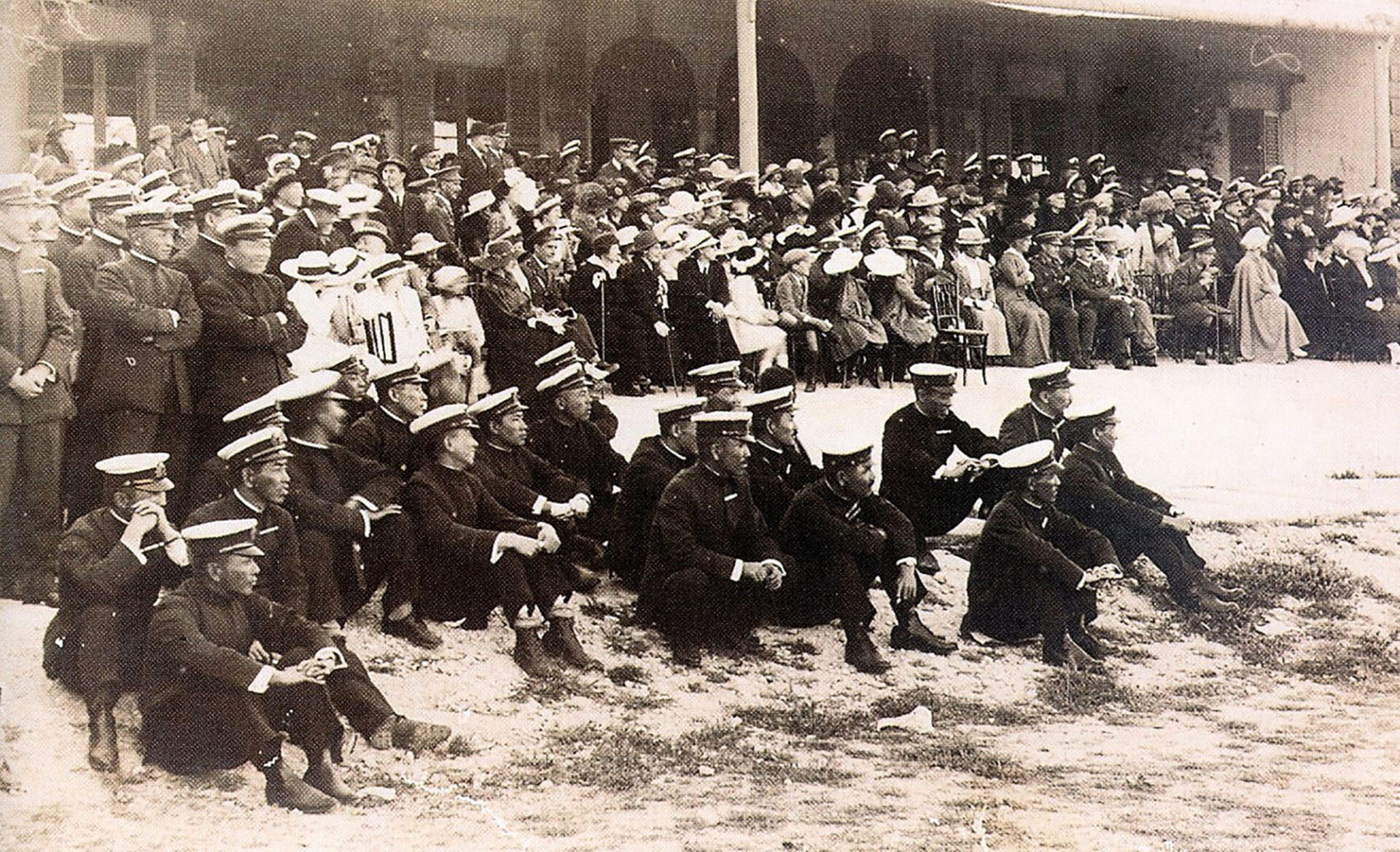Alone among non-Western peoples, the Japanese maintained full political independence during the golden age of imperialism.
More than that, as the twentieth century opened, Japan was experiencing the industrial revolution and advancing to the status of a great power, a full (if unwelcome) participant in the struggle for imperial position. Since the Japanese made these impressive accomplishments without radically altering their traditional oligarchical and absolutist political structure, they remained fully “of the East,” even as they became an integral part of Western history.
In the decade after World War I, it looked as though Japan might gradually liberalize its political institutions. The cabinets of the 1920s included many businessmen who favored vigorous expansion abroad but who also granted some measure of cautious liberalism at home. The suffrage was gradually extended, for example, and in 1925 all men received the right to vote; women were granted this right in 1949. For the first time, Westernstyle political parties began to develop, especially in the cities, and seemed likely to give new vitality to the Diet, the relatively weak Japanese parliament. Trade unions also began to win a following.
However, interwar Japan did not evolve into a parliamentary democracy. By the early 1930s political power was falling into the hands of army and navy officers, many of whom were descended from the feudal samurai class. This officer clique hated the prospect of liberal civilian government and envied and mistrusted the business class. It found a potent political weapon in the institution of the emperor, who was supposed to possess the kind of political infallibility that Westerners had associated with a divine-right monarch. Putting their own words into the emperor’s mouth, the admirals and generals used his pronouncements to further their own ends.
The consequence was a military dictatorship in Japan during the 1930s. Although popular elections continued to be held, their results were disregarded; businessmen supported the new regime out of fear or in anticipation of the profits to be secured from its adventures abroad.
A cult of emperor worship grew, focusing popular loyalties on the divine mission of the emperor and ensuring popular submission to the will of those who ruled in his name. A corps of ruthless agents, named “thought police,” hounded people suspected of harboring “dangerous thoughts.” In short, Japan now had a government that exploited many uniquely Japanese traditions but in its operations also bore a striking resemblance to the totalitarian governments of Europe.
Nowhere was the parallel with European totalitarianism more marked than in the foreign policy of Japan between the two world wars. Like Hitler’s Germany or Mussolini’s Italy, Japan claimed to be a “have-not” nation. The Japanese, too, pointed to their steadily growing population and did all they could to encourage its further growth.
Having experienced 125 years of zero growth before 1853—during which time they had improved their standard of living, consolidated their natural resources, and begun to urbanize and accumulate capital—the Japanese were well into a sustained period of economic and population growth. Between 1850 and 1950 (despite the intervening wars) the population soared from 32 million to 84 million. The Japanese, too, harped on the overcrowding of the homeland, its inadequate resources, and its restricted markets.
Behind these arguments lay real economic problems of sustaining the Japanese economy in the face of the depression and the worldwide disruption of international trade, problems of providing food and work for the population, which in 1930 numbered 60 million.
In seeking to solve these problems by imperial expansion, the militarists of the 1930s were following a pattern that had already been set by the West. And they were also following the path marked out by the Japanese officers and politicians who had secured Formosa in 1895 and annexed Korea in 1910. During World War I Japan had tried in vain to subjugate China; by World War II it had apparently almost succeeded in doing so.
Korea, once so isolated as to be called the Hermit Kingdom, had first been united in A.D. 668. At various times it was associated with the Chinese empire. Now, from 1910 until 1945, it would be governed by Japan, which changed its name to Chosun.
Racism grew in Japan in the 1920s and 1930s, toward Koreans, Chinese, and Westerners, and during the destructive earthquake that swept across the Kanto plain in Japan in 1923, leveling Yokohama and two thirds of Tokyo and claiming 140,000 lives. Six thousand Koreans were killed by Japanese in frustration and rage.

